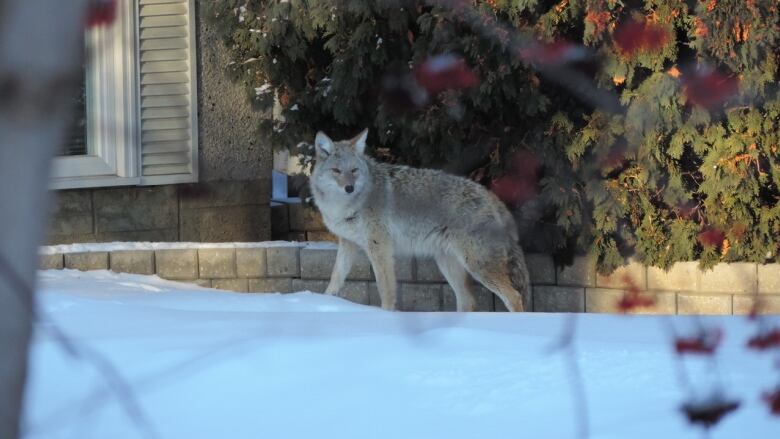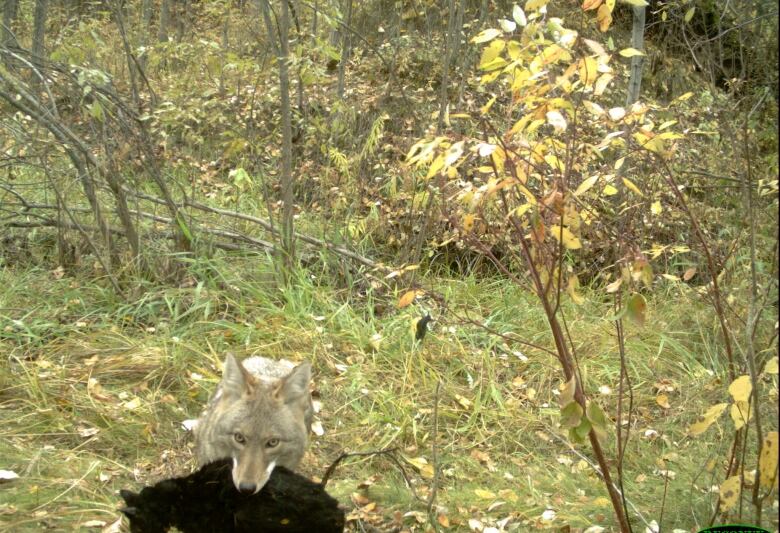Coyotes behind cat killings in Edmonton area, U of A study concludes
Study reviewed 53 necropsy results of cats found dead between 2007 and 2017

Coyotes were behind cat killings in Edmonton and St. Albert, concludes a University of Alberta study prompted by a spike in deaths in 2007.
Nick Nation, a veterinary pathologist andadjunct professor, and Colleen Cassady St. Clair teamed up to study case 53 files and necropsy results cats killed between 2007 and 2017.
The spike led many cat owners toassume the mutilated remains were the handiwork of humans.
For example, in 2010, remains of cats, usually in pieces, werefound in the south Edmonton neighbourhood of Greenfield.
- Cat deaths rattle Edmonton neighbourhood
- Coyotes 'tussling' on Edmonton street likely scrapping over tasty garbage
That led to investigations byEdmonton police and the Edmonton Humane Society.

The study determined the cats were not killed by humans, but by coyotes. In some cases the cats were killed directly by coyotes while otherswere hit by vehicles before being scavenged.
In many of the cases, the cat's claws were split and contained tufts of coyote fur.
The remainswerein pieces as a result of multiple coyotes pulling at the carcass at once. Bite wounds were also noted as evidence of coyote kills.
"So we looked more closely at some of the injuries finding no evidence of things like knife cuts, but evidence of the tearing kind of injuries that might result from that sort of predation," said Cassady St. Clair, abiologist and expert in urban coyote behaviour.
The locations of the cats bodies seemed suspicious as many were found on front lawns or around porches.
Thatmay be because those are spots were the cats fled to for safety, or were taken there by coyotes looking for asecure spot to eat their prey, Cassady St. Clair said.
The study determined the cat killings typically occurred between June and October, with almost 80 per cent taking place between August and September.

"The peak in cat mortalities in August might mean that coyote pairs are teaching their young how to hunt using cats as would-be hunting models, which is kind of ironic given how much cats themselves do," Cassady St. Clair said.
Cassady St. Clair hopes the study gives cat owners who allow their pet to roam second thoughts.
"I hope it will give people pause to consider the safety of their own cat," she said."There's been a lot of debate in Edmonton about keeping cats indoors and I understand the reasons for and against that policy and practice."
"I have a cat myself who's constantly clamouring to go outside. But this study shows cats that spend time outside are at risk of a pretty awful end of life.
"So if you can teach your cat to tolerate a leashor go outside in a catio or just live indoors that's much kinder for the cat."












_(720p).jpg)


 OFFICIAL HD MUSIC VIDEO.jpg)
.jpg)



























































































